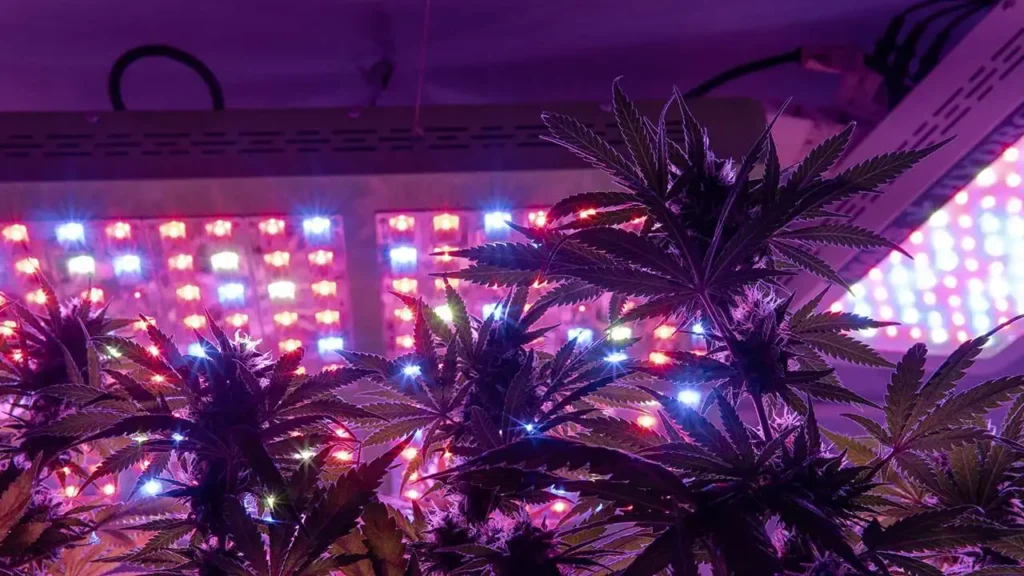When it comes to being environmentally friendly, there are things marijuana businesses can do voluntarily and things that states mandate they do.
Like any type of business, marijuana companies are required to comply with environmental and energy regulations laid out by their respective states.
Such regulations can include how to treat or dispose of wastewater and adhere to energy-efficiency standards that often require specific lighting or heating, ventilation and air conditioning (HVAC) equipment.
The cannabis industry’s outsized impact on the environment – especially high energy and water use – increasingly is catching the attention of regulators, and some states are developing marijuana-specific environmental regulations in response.
“Energy efficiency was a bit of an afterthought as states were putting their rules together,” said Sam Milton, principal of Portland, Maine-based Climate Resources Group, a consultancy specializing in indoor horticulture.
“It’s just not, frankly, a huge priority of regulators or the commissions,” he said. “The environmental stuff gets shunted aside.”
Adopting environmental regulations
States that have taken cannabis-specific environmental action include California, Illinois, Massachusetts, Michigan and New York.
Some cities and towns also have taken environmental measures, such as Ann Arbor and Grand Rapids in Michigan, Beverly, Massachusetts, and Boulder, Colorado.
While these areas have their own rules, there are some common themes among the regulations, most notably an effort to reduce the cannabis industry’s voracious energy usage, Milton said.
“The first theme is: How do we limit the overall energy intensity of the industry, the lighting and the HVAC? Those are the two biggest areas that comprise cultivators’ energy use,” he said.
“States with mandates, they address those two technology types.”
For example:
California
The state requires that growers use an integrated HVAC system with on-site heat recovery for reheating dehumidified air as well as a chilled water system with on-site heat recovery for reheating dehumidified air.
Massachusetts
Growers’ lighting power density (LPD) may not be higher than 36 watts per square foot of canopy – essentially, a 576-watt bulb for a 4- x 4-foot grid.
Licensees also can comply by using lighting fixtures from the DesignLights Consortium’s Horticultural Qualified Products List that have photosynthetic photon efficacy (PPE) that is 15% above the organization’s minimum.
The state also requires license applicants and renewals to submit an annual report showing energy, water and gas use.
Illinois
The state has similar rules to Massachusetts, except they apply only to recreational cultivators.
Illinois cultivators, depending on their size, must use ductless, split HVAC units, variable refrigerant flow HVAC units or similar energy-efficient HVAC options.
Illinois also mandates automated watering systems and equipment for capturing condensate.
New Jersey and Oregon
Cultivation license applicants must submit energy- and water-use plans as well as waste-management plans.
New York and Vermont
All require license applicants and renewals to submit an annual report showing their energy, water and gas use.
H/T: mjbizdaily.com



